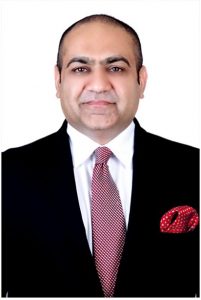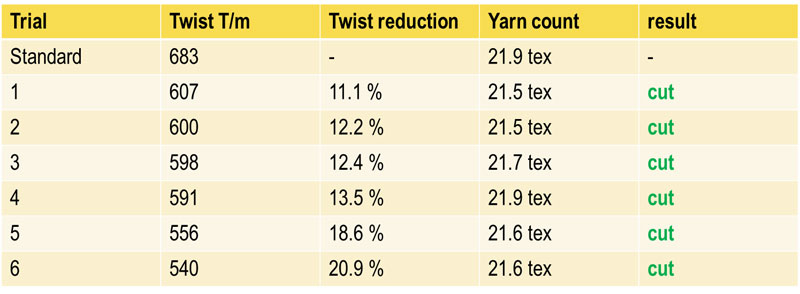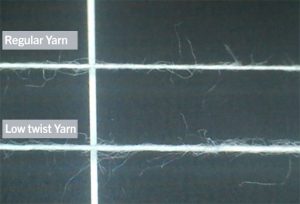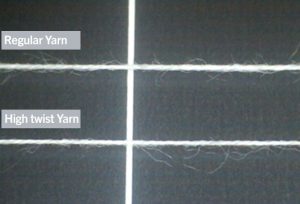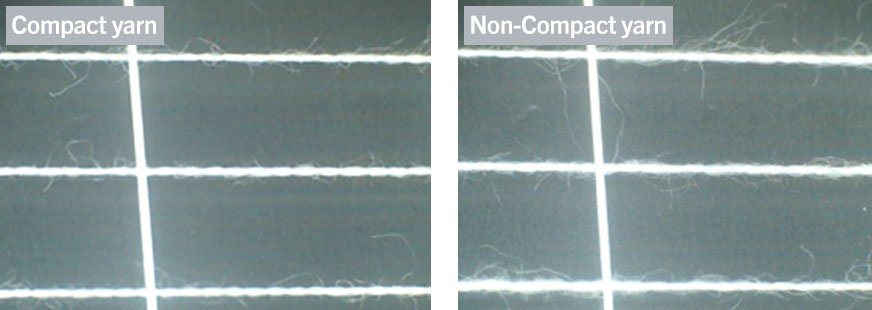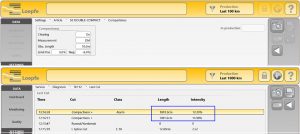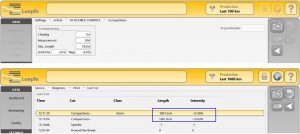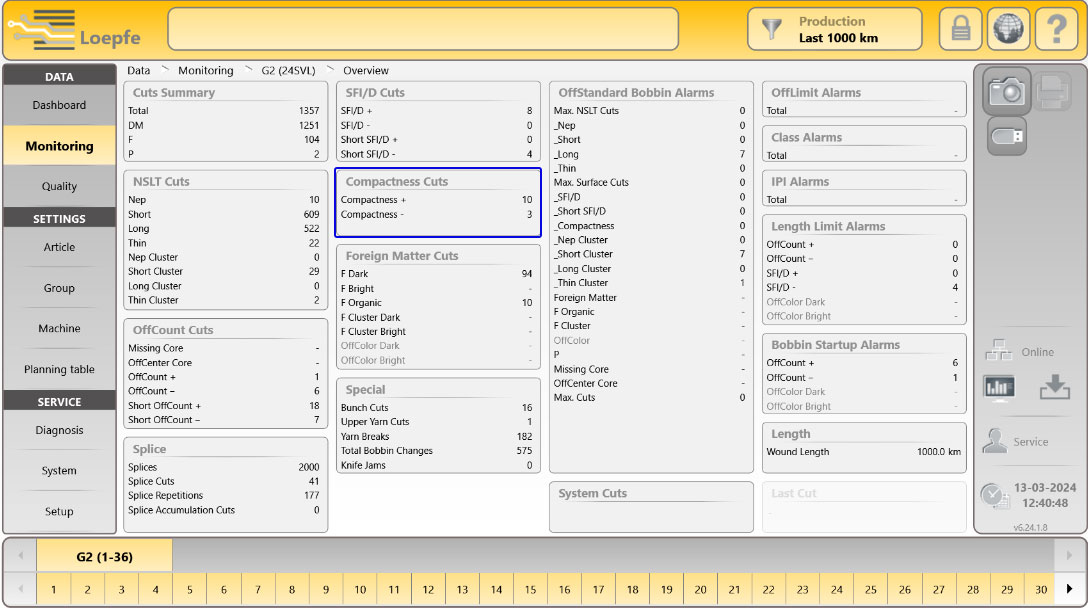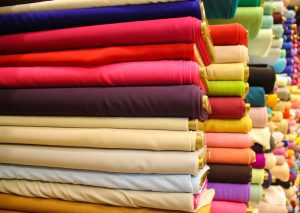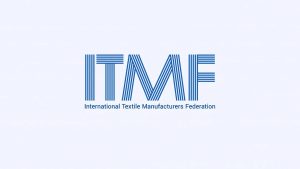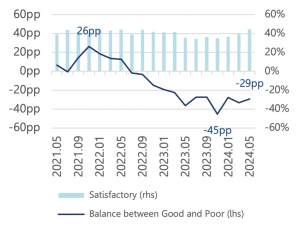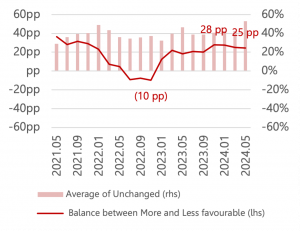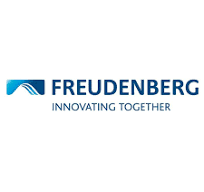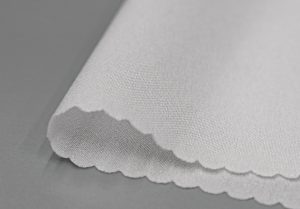 By Adam Grabowski
By Adam Grabowski
In today’s fast-moving manufacturing environment, the ability to capture real-time data in all areas of the business is vital for maintaining long-term success. When manufacturers conduct business with separate systems, data ends up in silos and information can’t flow in an efficient manner, preventing smooth coordination of data between people and departments.
This is especially true for manufacturing businesses that operate in more than one location or have subsidiaries that manufacture parts for the parent company. If you manufacture products in different locations, you probably know how difficult it is to get a complete and accurate picture of the business as a whole. Disparate systems make it hard to implement standard processes throughout the organization, and important data often gets lost or misplaced, causing productivity and profitability to suffer.
There is a solution. It’s called enterprise resource planning (ERP) software, and it manages multiple manufacturing plants in different locations as if they were one.
How ERP Integrates Multiple Locations
ERP software provides a powerful tool for organizing and managing virtually every aspect of a manufacturing business, from planning, production, purchasing, inventory and quality control to finance, sales, marketing, customer relations, and human resources. Or, as we say it in business, from quote to cash. Importantly, it does all this in one integrated system that provides instant access to real-time data throughout the organization, for complete visibility into all shop floor and back-room processes.
Initially, ERP was designed to manage one manufacturing entity per system. However, as the technology improved, ERP providers and manufacturers began to see the value in managing multiple locations in one system. Implementing this approach involved setting up one ERP server at the main production site and installing remote desktop servers in other locations. This network made it possible to share data among all locations and enable remote employees to log in and perform work in the ERP system. Implementation took longer than usual and purchasing the servers and other equipment increased costs. However, having all the data in one system instead of unrelated platforms created significant increases in communications, efficiency and productivity.
Fast forward a decade or two and now there’s a better way to bring multiple locations under one ERP umbrella — cloud computing. This process of managing applications, data storage and computer services via the internet makes it simpler and more cost-effective to integrate multiple plants into one ERP system. Each location is set up as a separate business in the ERP system, with its own inventory, workcenters, jobs, accounting, and everything else. A non-production company is set up to consolidate and print the financials for each business, and a comprehensive statement is produced for the business as a whole.
Cloud ERP is available in two configurations — outsourcing the ERP software to a third-party cloud services provider rather than owning it or owning the software to have more control over the system.
Many providers offer a built-in cloud solution with their ERP system. For Global Shop Solutions, you only need to implement one ERP server at your primary location and you can run it from anywhere you have an internet connection. It’s the easiest and most cost-effective way to provide complete visibility throughout multiple businesses, and it enables standardization of workflows, production processes, company policies, rules and guidelines for virtually every activity in your enterprise.
Success Stories Display The Flexibility of ERP
One of ERP’s most valuable assets is having the versatility and flexibility to meet the needs of diverse types of manufacturers. Here are four very different businesses who have transformed their manufacturing by managing separate locations in one ERP system.
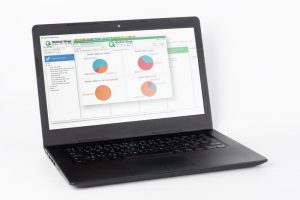 1. Seeing The Business As A Whole And In Separate Pieces
1. Seeing The Business As A Whole And In Separate Pieces
Impact Converting Systems & Solutions consists of a family of eight companies that design and manufacture a variety of tools, dies, and systems to meet their customers’ needs. It started out with four distinct businesses in separate locations. The main plant operated on ERP while the other three struggled with outdated platforms.
Consolidating all four businesses on one ERP platform created an unprecedented level of data visibility at each Impact location, resulting in much-needed improvements in production processes and decision-making. The ability to look at the business as a whole and in separate pieces made everything simpler, enabling better planning and succeeded in consolidating and standardizing processes between the businesses.
Impact’s ERP system has handled growing from four to eight businesses with ease. All eight locations have access to real-time data, allowing them to greatly improve efficiency by quickly identifying and resolving shop floor bottlenecks that could impact some of the other businesses. Each location can now accurately apply labor and materials to a job for a better understanding of jobs costs. Perhaps most important, the business now has one common chart of accounts across all companies — all in one system.
 2. Cutting Inventory Down To Size
2. Cutting Inventory Down To Size
Team Simpson is part of a multiple location business called Simpson Performance Products, which manufactures a wide range of vehicle racing safety products. Team Simson has its own ERP system, but it faces the challenge of maintaining thousands of different part numbers in inventory in several different locations — including mobile trailers used to sell product on-site at NASCAR racing events.
The biggest problem resolved around the old system’s inability to provide reliable data on incoming materials or finished goods. ERP enables Team Simpson to efficiently manage both, including the inventories in mobile trailers. Setting up multiple locations in the ERP system allowed managers to easily see how much inventory was in each location as well as total inventory for the company.
As a result, Team Simpson reduced the amount of inventory on hand, which helped lower carrying costs and increase inventory turns. Using their ERP system’s barcoding and mobile capabilities further streamlined the materials management process onsite and off. The company also simplified the inventory process by having its vendor develop a customer ERP application to scan customer purchases in the field so the ERP system can automatically remove the purchased items from inventory and book the sale.
3. Tracking Costs Across Multiple Business Units
RK Mechanical operates seven different business units that work together to provide construction, manufacturing, fabrication and building service solutions. Each unit has its own management structure, and all engage in frequent inter-shop transactions. With RK Mechanical simultaneously working on hundreds of work orders at its various locations, job costs were hard to track with a high degree of accuracy.
Implementing ERP turned that around quickly by integrating data from dozens of different sources into one system and processing it in a standardized manner. RK Mechanical now tracks precise costs for all jobs in all locations. It also tracks interactions between shops, automatically processes payroll, and makes business decisions with data that previously wasn’t available.
Company-wide access to integrated data in one system increased efficiency in many areas. Most scheduling is now completed in half the time it used to require. Data retrieval is 400 percent faster. Inventory carrying costs declined 30 percent, on-time delivery rates improved 50 percent, and sales increased 20 percent. Even creating reports is more efficient. RK Mechanical’s standard weekly steel unit productivity report used to take four hours to produce. They now produce tailored reports in less than an hour.
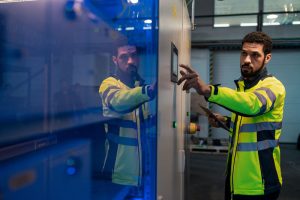 4. Eight Locations, 14 Product Lines, One System
4. Eight Locations, 14 Product Lines, One System
If you think operating a regular commercial manufacturing business is tough, imagine operating a state corrections business that produces 500 different products and services at seven different locations, with all being managed in one system.
Alabama Correctional Industries (ACI) manufactures furniture and supplies for state departments, institutions, and political sub-divisions to provide work training for Department of Correction inmates. As a self-sufficient business ACI must maintain some level of profit in order to replace equipment and expand into new areas — a difficult task when working with a diverse array of old, clunky business management platforms. When ACI received state permission to implement ERP software, it selected a system capable of setting up different companies in one system.
Each location runs a different business, but all production data and costs are tracked in ACI’s ERP system. This makes it easy to see the individual picture at each company and easily consolidate each company’s financials to see the big picture. ACI now has up-to-date information on every aspect of production from job status, inventory levels and on-time deliveries to sales and accounting, spurring dramatic improvements in job costing.
Costs can be allocated faster and more accurately at the shop level. Managers know which jobs are in production at each shop. They can easily see inventory levels. And the precise account reports produced by the ERP system provide better visibility of accounts receivables and customer payment rates. Managers are more aware of how much they’re spending and whether they’re pricing products at the right price points.
Whether you operate one production plant or several, ERP can simplify processes, streamline your workload and lower the total cost of ownership.
Adam Grabowski is the director of Marketing at Global Shop Solutions, The Woodlands, Texas.
June 24, 2024
 BENGALURU, India — June 24, 2024 — Gokaldas Exports Ltd. has appointed industry veteran Ashish Mehrishi as CEO to lead BRFL Textiles Pvt. Ltd (BTPL). Last week, Gokaldas Exports announced its strategic tie-up with BTPL and plans to invest up to Rs 350 crore in BTPL through optionally convertible debentures (OCDs) in multiple tranches. The investment aims at exploring a possible merger or acquisition of BRFL Textiles by June 30, 2025.
BENGALURU, India — June 24, 2024 — Gokaldas Exports Ltd. has appointed industry veteran Ashish Mehrishi as CEO to lead BRFL Textiles Pvt. Ltd (BTPL). Last week, Gokaldas Exports announced its strategic tie-up with BTPL and plans to invest up to Rs 350 crore in BTPL through optionally convertible debentures (OCDs) in multiple tranches. The investment aims at exploring a possible merger or acquisition of BRFL Textiles by June 30, 2025.